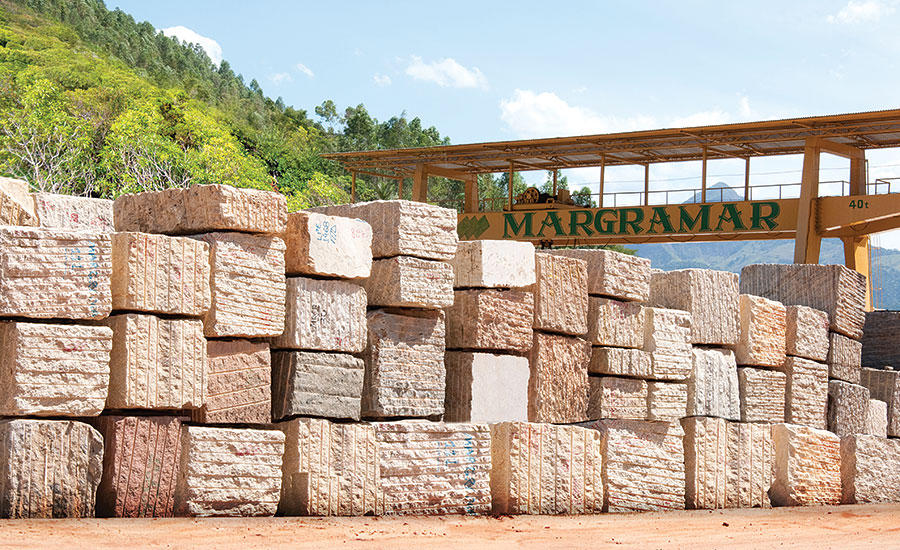Finding the Appeal of Granite Quarry in South Africa Marvels
Unveiling the Mysteries of Granite Quarrying: Where Strength and Sophistication Meet
The globe of granite quarrying is a realm where the raw strength of nature assembles with human virtuosity to create structures that stand the test of time with an air of sophistication. From the midsts of quarries to the meticulous polishing in workshops, the process of transforming granite right into building wonders is a complex dance of tradition and development. As we peer right into the midsts of this old craft, we start to reveal the hidden complexities that shape the extremely significance of our developed setting.
The Beginnings of Granite Quarrying
In the record of building background, the beginnings of granite quarrying are shrouded in a tapestry of old workmanship and geological wonders. Going back to old Egypt and Mesopotamia, the removal of granite from quarries noted the start of a trip that would ultimately cause the production of several of the world's most iconic structures.
Granite quarrying's roots can be mapped to the experienced artisans who recognized the rock's durability and visual allure. Via a mix of primitive tools and sheer determination, these early quarry employees uncovered granite blocks that would certainly end up being the foundation of human beings.
As human beings evolved, so did the techniques of quarrying granite. The Romans, renowned for their design expertise, established sophisticated methods for extracting granite to create monoliths, temples, and roads that stood the examination of time.
The heritage of these ancient quarrying practices remains to shape modern architecture, with granite continuing to be a sign of strength and elegance in building and construction jobs around the globe. (granite quarries in south africa)
Devices of the Quarrying Profession
The evolution of granite quarrying strategies from ancient civilizations to modern-day times highlights the essential function played by the tools of the quarrying profession in shaping the sector's methods. In ancient times, quarrying devices were basic, often including blades, hammers, and wedges made from products like bronze or iron. These tools called for considerable workforce and time to essence granite obstructs from quarries.

Furthermore, the introduction of pneumatic tools and high-powered machinery has significantly reduced the physical labor required in quarrying operations, boosting employee safety and security and performance. As the quarrying market proceeds to innovate, the tools of the trade continue to be at the center of driving progression and forming the future of granite extraction.
Extracting Blocks of Granite
Making use of accuracy equipment and progressed methods, the extraction of granite obstructs from quarries has actually ended up being a sophisticated process in the modern-day quarrying sector. The preliminary step involves recognizing the place and size of the granite down payment to establish one of the most effective extraction approach. When a suitable website is chosen, the extraction procedure starts with the drilling of openings for the placement of explosives. Regulated blasting techniques are after that utilized to disintegrate the granite right into manageable areas.

Polishing and Ending Up Techniques
To achieve a remarkable surface on granite blocks, proficient artisans utilize a collection of meticulous polishing and ending up techniques. After the preliminary removal and shaping processes, the granite obstructs undergo an extensive sprucing up phase to enhance their all-natural elegance and resilience.
In enhancement to sprucing up, browse around these guys ending up strategies are used to additional fine-tune the granite's appearance. By very carefully choosing and applying these polishing and finishing techniques, craftsmens can change raw granite obstructs into splendid pieces that showcase both toughness and style.

Environmental Influence and Sustainability
With the growing focus on environmental awareness in the sector, granite quarrying methods are significantly inspected for their effect on natural sources and lasting sustainability. Quarrying for granite can have considerable ecological implications. The removal procedure frequently entails making use of heavy equipment, explosives, and big quantities of water, leading to habitat devastation, dirt disintegration, and water pollution. Furthermore, the transport of granite from quarries to refining facilities produces carbon discharges, further contributing to environmental deterioration. granite quarries in south africa.
To mitigate these impacts and guarantee sustainability in granite quarrying, market stakeholders are embracing different procedures. Applying innovative address modern technologies to reduce energy consumption and water usage, reclaiming quarried land for ecological restoration, and promoting responsible sourcing practices are some strategies being employed. Furthermore, certifications such as the Woodland Stewardship Council (FSC) and the Management in Power and Environmental Style (LEED) assistance consumers recognize eco-friendly granite products.
Final Thought
To conclude, granite quarrying is a process that calls for specialized tools and strategies to essence blocks of granite and polish them to a high level of finish. While the ecological impact of quarrying can be substantial, efforts are being made to boost sustainability methods in the industry. Generally, granite quarrying is a delicate equilibrium between using the stamina and elegance of this all-natural stone while lessening its impact on the setting.